When it comes to user experience, many people would much rather use an app than a website thanks to a much better UX designed for specific purposes and viewing patterns. With consumers now spending over 4 hours per day in apps on average, it’s no wonder businesses want to have a share of this precious time. Yet, entrepreneurs are often hesitant about investing in mobile app development for small businesses, although the benefits are the same: persistent advertising on people’s phones, easier product/service promotion, offline capabilities, brand recognition, and more.
We’ve created a checklist of 7 points that might help you get a better picture of what matters the most if you’re thinking about creating a mobile app for your small business. By better understanding the realities, you can better plan your project.
Contents:
#1 Keep it simple and relevant
If you already have a website, it might be tempting to replicate it in the form of a mobile application. But in reality, people will only use your app if it gives them something different and is a more convenient option. However much time people spend in apps, their number is limited to about 30 a month so no friction will be tolerated unless you offer something unique and exceptional.
Another point is the ability to provide real value. An app is not everything and is not something with a guarantee to skyrocket your business performance but it’s a very useful tool you can use for focusing on those characteristics that make your customers choose you from the crowd. People like to use apps that serve a purpose which can be anything from the more obvious shopping to getting informed, entertained, and become more productive. With a lot of options available, they tend to prefer apps whose designers managed to avoid over-complication and stuck to keeping the interface minimalistic and close to universally accepted standards. The latter also helps make app development cheaper.
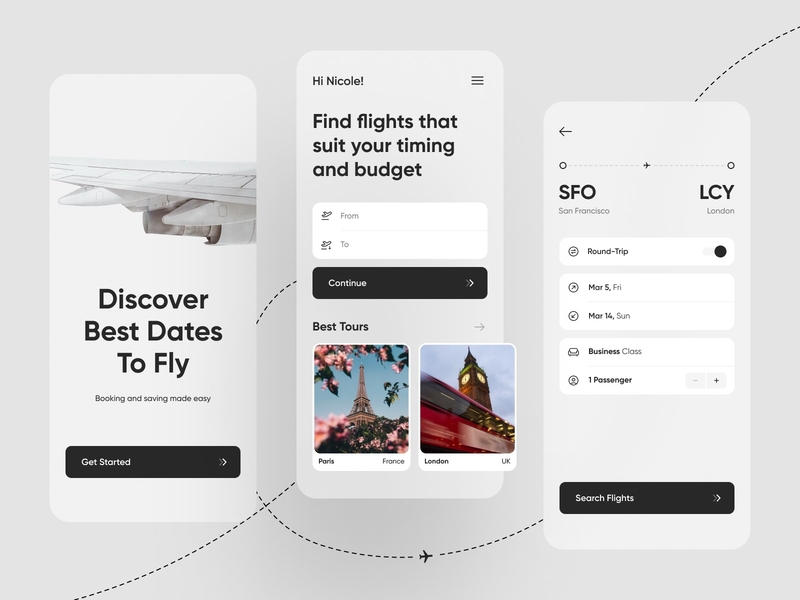
Air Ticket App by Shakuro
Mobile apps are often expensive and time-consuming to create. At the same time, small business owners who come to us with an idea to develop a mobile app often don’t have a clear picture of what they need. These factors get tied together and might result in small businesses’ inability to take advantage of mobile app opportunities. So, the more coherent a strategy you have before you, the more chances are there for an efficient app development process. Set a concrete set of goals that you want to accomplish with your app, whether it’s the actual increase of sales or boosting customer engagement.
By the way, if you do have a clear vision of your idea, we have Conceptzilla for you. It’s a service that lets you get a design concept in a week and for about $1500. But only if you know what you want, no discovery phase is included in the package. Otherwise, it’s a great option to start with your app or use the concept for an investor pitch deck.
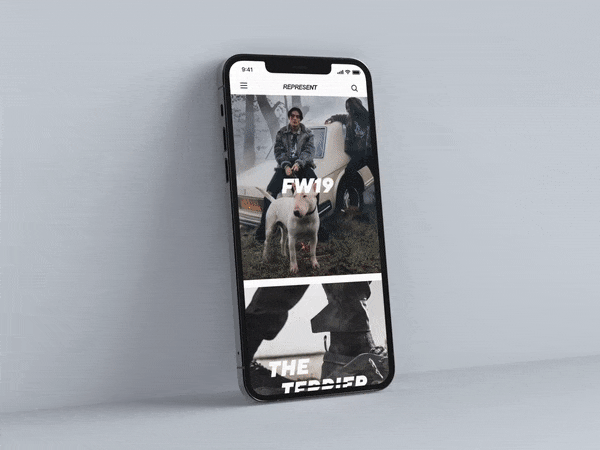
Represent Fashion App by Conceptzilla for Shakuro
#2 Focus on UX
With superior user experience as one of the decisive characteristics that actually make people use mobile apps instead of websites, this is something you don’t want to scrimp on however tight your budget might be. The way out may be to hire expert UI/UX designers to tell you how to create simple and intuitive user flows, what color scheme and typography to choose, what areas and to highlight and how to do it, how to take the best from competitors without copying them.
Mobile apps are better than websites in terms of personalization, notifications and alerts, payment system integration, faster and easier checkouts, geolocation features, social media integrations. When designing and developing an application, it’s necessary to keep all those and more on your mind which is not easy for small business owners who usually have to play all roles on the team. UX designers are there for you, especially if your business model is new to the market.
For example, when working on the mobile app for WYSPR, a company that positions itself as the world’s first friendvertising agency, we had to solve issues that stemmed from the innovative nature of their business and managed to successfully finish a challenging project.
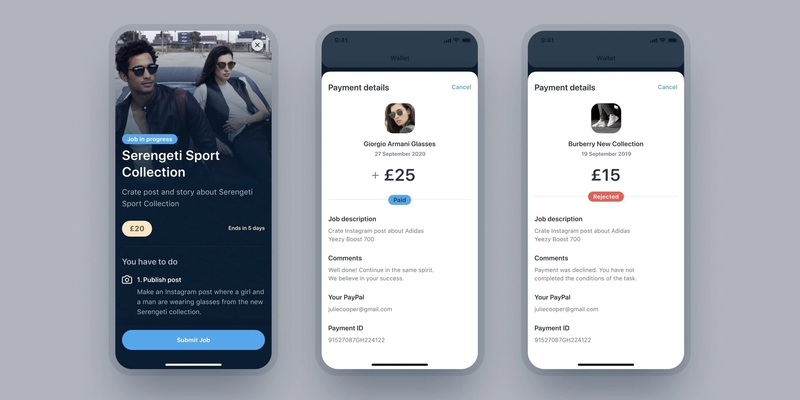
#3 Connect with your audience by studying it (and by studying your competitors)
Before you start developing a new app for your small business (or improving your existing one), needless to say, make a thorough study of your target audience. Take into account what you have to offer your customers and how you can expand on these capabilities, who they are, where they live, what they like. This way, you’ll be able to present your product or service so that gets its proper attention.
The study of your audience will also provide you with insights into the technological aspect of app development. Should you choose to make a native app or not? What platform to pick — iOS or Android? Make sure that if you choose an iOS app development, you are not missing out on Android users. A study shows that 37% of small businesses have mobile apps made for both iOS and Android devices.
Think about how you could reward your audience for choosing you in place of others. Mobile apps are different from websites — they are not aimed at a general public who come by you by googling and choosing a vaguely suitable option. If somebody actually made steps to allocate space on their phones to your business, that’s a big move on their part and a reason for you to thank them for that. Like Starbucks keeps users coming back for more with their app’s loyalty program among other things. There are points, special member offers/events, free beverages on birthdays, and personalized suggestions.
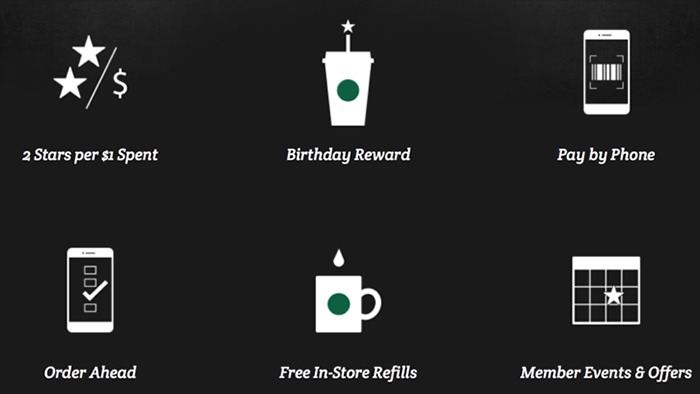
Image: themanifest.com
Starbucks global comps up 15%. In the U.S. SSS up 9%. Transactions down 10%. Average ticket up 21%. Loyalty program members now to 23 million, up 18%. $SBUX
— Jonathan Maze (@jonathanmaze) April 27, 2021
Not only customers and their behavior need thorough research. Another piece of advice that could potentially save you thousands of dollars, is to check what they say about your (potential) competitors or existing applications in the same field if there are no immediate analogs yet.
User reviews are an excellent source of insights into what your customers seek and what other businesses are failing to provide. That might be an opportunity for you to come in with your offer. Moreover, you’ll get a chance of conducting a rather in-depth analysis without spending too many resources on it.
#4 Make sure your app is in line with your branding
Small businesses have one problem that hits them again and again, day after day. They have to compete with famous brands with enormously more resources available. 32% of small businesses address this problem by seeing branding as one of their top priorities when developing a new application.
A properly done app is able to build an even stronger brand. The more individual parts of your brand coincide with each other, no matter where they are present, the more trusting customers will be and the more likely they will be willing to accept your business offer.
If you’re starting out with developing an app for your small business, it’s a perfect opportunity to make sure that its design goes hand in hand with the overall branding of your company. Otherwise, there might be a situation when users would feel alienated by your app and may not like the experience. If you haven’t worked on your branding yet, it’s better to spend some resources on it and be ahead of the game and other small business owners who often underestimate its power. The modern economy is an era of fierce competition between companies. Logo, slogan, corporate identity — these are elements of brand identification. The better a company distinguishes itself from its competitors, the more customers it will have. This is a simplified view, of course, but the key point is that our branding specialists could find some options for you that could change how people perceive your company while fitting into your budget.
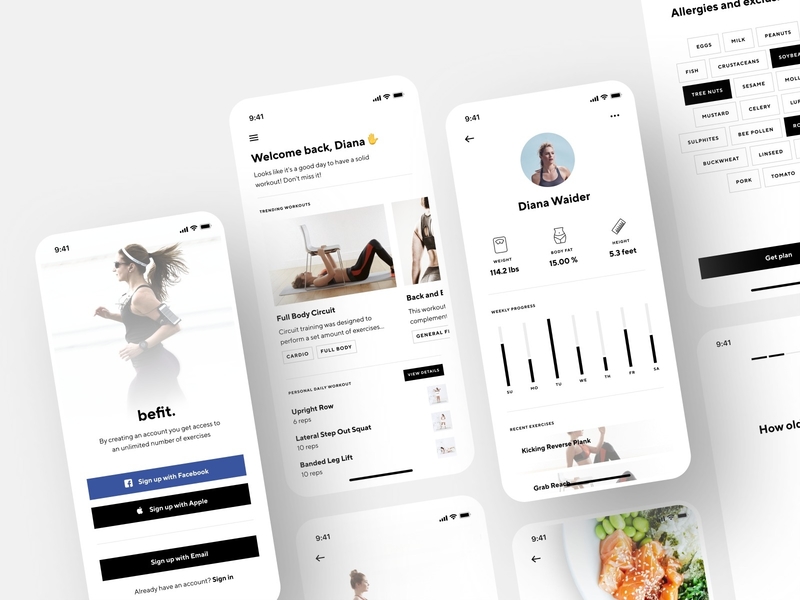
Health and Fitness App Design by Shakuro
#5 Choose MVP first
Your app doesn’t have to be super fancy. At least, at first. Depending on your business, creating a Minimum Value Product can help convey the idea of your app faster and at much lower costs while helping to work around the less capital and smaller teams issues that are inherent to small businesses. Time is money same as lost time is lost money. Poor product timing is one of the most common causes for the failure of products that would be successful, had they been launched a couple of months earlier.
MVPs are basic apps with minimum features and functionalities that let you test working hypotheses and get customer feedback. You can also find investors based on MVPs. Otherwise, you could spend years of work trying to convince yourself that a hypothesis is wrong.
Launch the simplest version of the app first. When a development team takes on a new project, there’s always a point of balance between timeline and quality. Then, if this version meets your criteria, go for a more developed one.
Building an MVP first is a very common and sensible strategy, so there are lots of small business examples that we can name even just from our practice alone. Fit For Bucks app case is the one that comes to mind. Having an innovative idea also, it benefited from introducing an MVP.
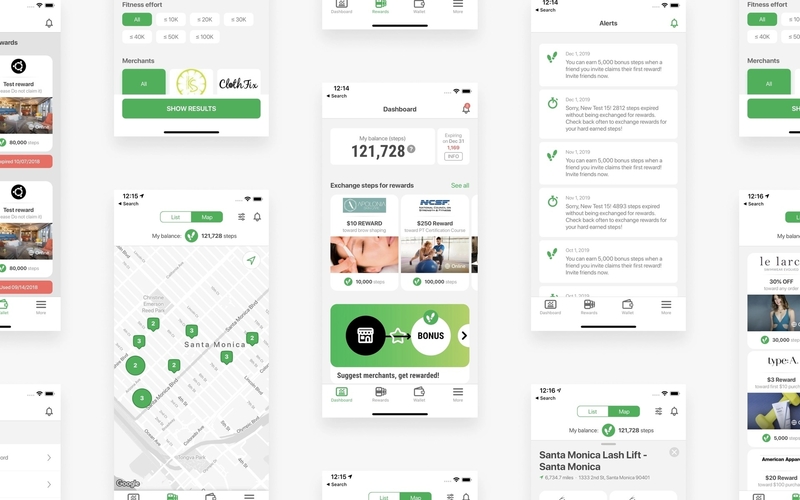
#6 Economize without hurting your project
Logic and common sense tell us that everything comes with a price and if you save on something, there are consequences. Yet, there are wholesome ways to economize and get a great product done that appeared thanks to the changing nature of global business processes. You can always choose an outsourced company for your app development project. Besides, 53% of small businesses already do so.
The approach that involves building and maintaining an app in-house only works if you have technically qualified staff. If not, to save money and build a quality product, it’s better to recruit outside resources. Outsourcing helps businesses save money and time, profit from superior expertise, avoid legal and organizational hassle connected to managing an in-house team. The disadvantages of outsourcing such as possible problems with communication are less significant and can be ameliorated by partnering with an app development agency experienced in outsourcing. This is what ensures its growing popularity all over the world. After 2020, there are many more distributed teams out there and outsourcing is a viable business strategy now more than ever. Save tons of money that would in different circumstances be spent on the product of the same quality with the whole difference in you being able to meet your team personally instead of online.

Remote work team! by Carolina Contreras
#7 Find a reliable partner
Easily said than done, but there are ways to increase the chances that in case you decide on choosing a mobile development company for building your app, it will do everything on its part to deliver a product that is customized to your specific needs.
Having a shortlist of suitable app development companies, first, check their Testimonials pages.
Secondly, if you have doubts about the authenticity of reviews on a company’s own website, you might want to check reviews placed on third-party websites like Clutch. Their managers conduct interviews themselves to make certain that the information is not biased.
Finally, a good company has a good buzz around it, so look for experiences that your friends and acquaintances, other entrepreneurs like you, might want to share.
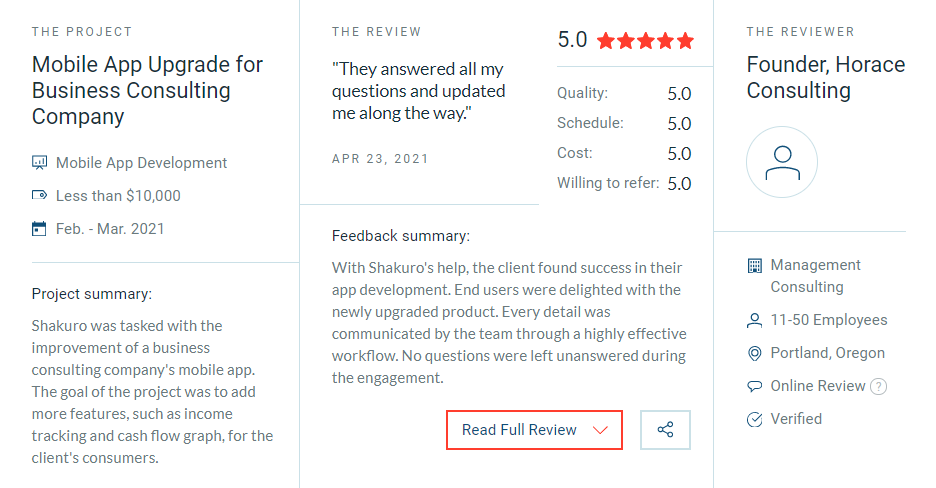
Bonus point: Does your small business need an app at all?
There are alternatives to building mobile apps for small businesses.
Think value. The idea is not to build an app because others are doing it. There’s no common recipe for success that’s suitable for all small businesses.
Native apps are typically faster and have access to greater features than the web. Sometimes, they are indispensable because of the usage of special features that you can only find on mobile phones. Let’s say that the whole idea of your app depends on the geolocation feature or it heavily relies on wearable devices like the Fit For Bucks app mentioned earlier. Then a mobile app is a choice for you.
Alternatively, we found that many people when saying they need a mobile app, actually need a website or other web technology. True, with a website, it’s easier to get customers’ attention, it has wider availability, and is less expensive to make. If you have a small business, and you are getting decent mobile traffic, an app might be the next step. If not, it might happen that you don’t need a classic native app (at least, not yet). For example, while working on the discovery phase of our New Shtetl project, we realized that a PWA is a better option for them.
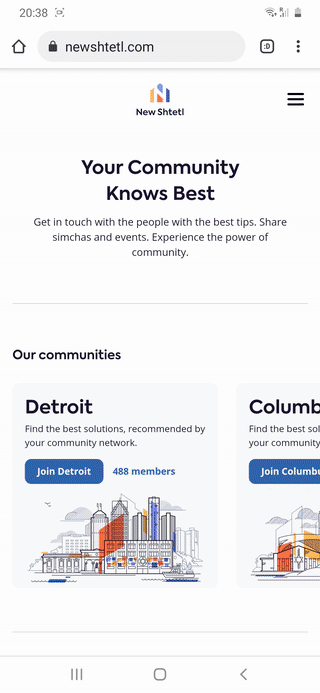
* * *
As a final piece of statistics, 32% of small businesses already have a mobile app, and 42% plan to build one in the future. Yet, creating and launching your own mobile application is a rather serious step that takes time and resources.
Do you have questions about small business app development? Do you feel like you need to make an app from scratch or use your concepts or improve the existing application so that it would serve its purposes better? Get in touch with our team for a free consultation. We’ve got loads of experience delivering for small businesses and know what to pay attention to and what matters.
